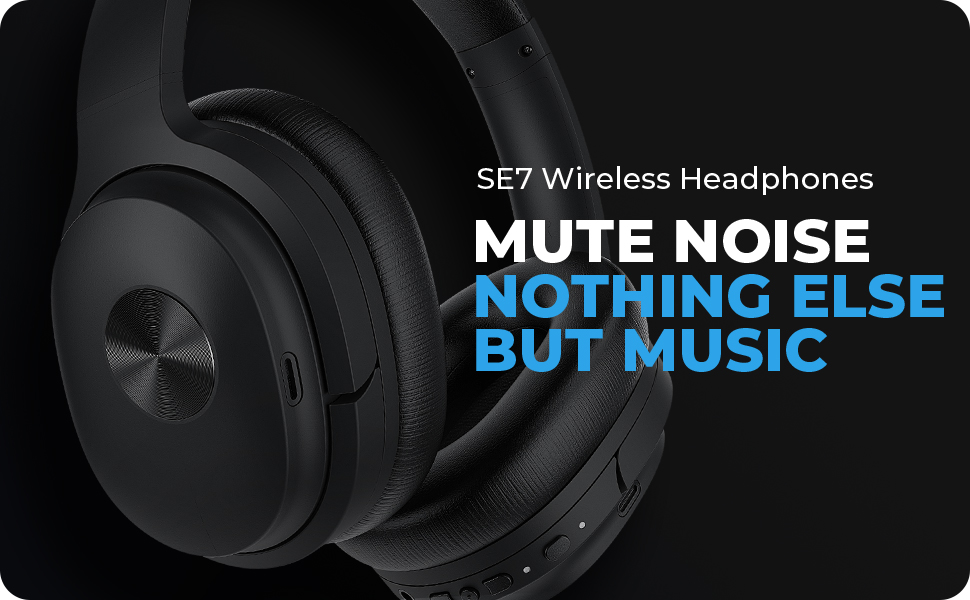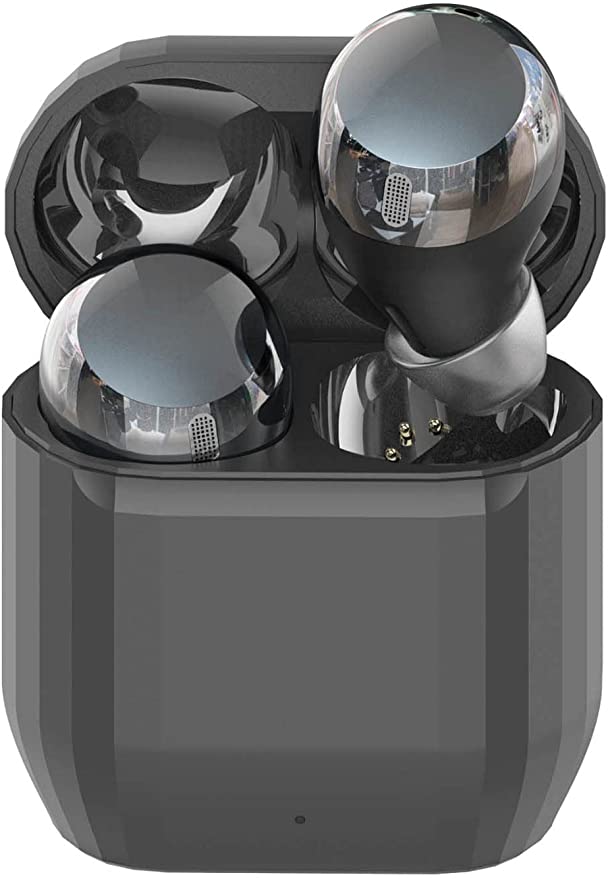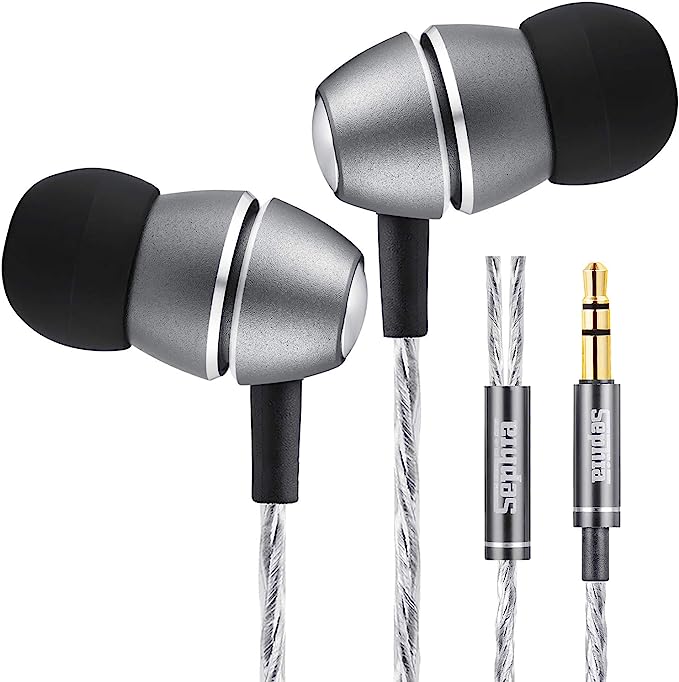TOLDIM XY-15BN Noise Cancelling Wireless Earbuds: Immersive Audio On The Go
Update on July 2, 2025, 10:45 a.m.
Imagine this: you’re on a cross-country flight, squeezed into a middle seat. The engines produce a relentless, soul-shaking drone. To your left, a baby is testing the limits of human vocal cords. To your right, a passenger is enthusiastically recounting their vacation via video call. Your own music, even at an uncomfortable volume, is just another layer in this chaotic auditory soup. You close your eyes and wish for a switch, a magical mute button for the world. What if that switch already exists, nestled inside a pair of tiny earbuds?
This quest for quiet is not new. It’s a deeply human desire. But the journey to technologically engineer silence began, as many great innovations do, out of frustration. In 1978, Dr. Amar Bose, an MIT professor and founder of the audio company bearing his name, was on a flight from Zurich to Boston. Annoyed that the roar of the jet engines was ruining the audio quality from the airline’s new electronic headphones, he began scribbling equations on a napkin. He wasn’t just thinking about blocking the noise; he was thinking about cancelling it. This napkin sketch was the genesis of Active Noise Cancellation (ANC), a technology that would take decades to perfect, evolving from bulky, power-hungry headsets for pilots into the sophisticated electronics found in devices like the TOLDIM XY-15BN Wireless Earbuds.

A Duel of Waves: The Elegant Physics of Active Noise Cancellation
So, how do you fight sound with sound? The principle behind ANC is a beautiful piece of physics known as destructive interference. It’s a form of acoustic judo, using an opponent’s own energy against them.
Think of a calm pond. If you drop a pebble in, it creates concentric ripples, each with a peak (the crest) and a valley (the trough). Now, what if you could drop a second, “anti-pebble” that creates ripples with the exact opposite pattern? Where the first wave has a peak, the second has a valley. When these two waves meet, they perfectly cancel each other out, and the water becomes calm again.
This is precisely what happens in a noise-cancelling earbud.
- Listen: A tiny microphone on the outside of the earbud acts as a sentry, constantly capturing the low-frequency ambient noise around you—that persistent engine drone, the hum of an air conditioner.
- Invert: An internal chipset analyzes this incoming sound wave in real-time and, with incredible speed, generates a new, inverted wave—an “anti-noise” signal that is the acoustic mirror image of the original noise.
- Cancel: This anti-noise is then played through the earbud’s internal speaker. It collides with the original ambient noise right at your eardrum, and they annihilate each other.
When the specifications claim a reduction of more than 35 decibels (dB), it’s hard to grasp the scale of that achievement. The decibel scale is logarithmic, not linear. A 10dB reduction is perceived as halving the loudness, so a 35dB reduction is a colossal drop, reducing the noise energy to less than 0.1% of its original intensity. It’s the difference between shouting and a whisper.

A Spotlight in the Crowd: The Art of a Clear Conversation
While ANC creates an oasis of quiet for you, another clever technology ensures your voice isn’t lost in the wilderness. This is Environmental Noise Cancellation (ENC), and its focus is entirely on your microphone’s output. Imagine you’re on a busy street trying to make a call. ENC uses a dual-microphone system to perform a neat trick. One mic focuses on your voice, while the other identifies the surrounding chaos. An algorithm then acts like a theatrical spotlight operator, shining a bright light on your voice while dimming the clamor of traffic and chatter around it. The result? The person on the other end of the line hears you, not the city.
The Unseen Pillars of Performance
This symphony of silence is supported by a cast of powerful, yet often overlooked, technologies. The Bluetooth 5.3 connection is the invisible handshake between your phone and the earbuds. More than just a version number, it represents a mature standard promising a rock-solid, stable link with greater power efficiency. This translates to fewer frustrating audio dropouts and the ability to squeeze more life from the tiny 30mAh battery in each bud.
And what of the sound you actually want to hear? That’s the job of the 10mm dynamic driver. Think of this as the engine of your music. Like the large woofer in a home stereo system, its relatively large surface area allows it to move more air, which is essential for creating deep, resonant bass that you can feel without it turning into a muddy mess. It’s the powerhouse that gives your music its depth and emotional impact.

Engineered for the Real World: From Workouts to Weaknesses
Of course, technology must survive the chaos of daily life. An IPX5 rating means these earbuds are protected against sweat and light rain, making them a reliable companion for a gym session or a drizzly commute. The charging case, holding an additional 350mAh of power, extends their total usage to around 30 hours, ensuring they’re ready to go when you are.
Yet, no technology is perfect. Some users report a faint “hiss” or “fan sound” when ANC is active in a very quiet room. This isn’t necessarily a defect but a fascinating artifact known as “thermal noise” or the “noise floor” of the electronics themselves. The very act of powering the sophisticated ANC circuitry can generate a whisper-quiet sound. It’s the ghost in the machine, a reminder of the immense processing happening to create your bubble of silence. Similarly, complaints about overly sensitive touch controls highlight a classic challenge in human-computer interaction: designing an interface that is both responsive and forgiving of accidental contact.

Curating Your Auditory Reality
From a frustrated scrawl on an airplane napkin to a pocket-sized device accessible to all, the journey of noise cancellation is a testament to human ingenuity. Technologies like Active Noise Cancellation don’t just allow us to listen to music; they grant us an unprecedented level of control over our own sensory environment. They empower us to dial down the world’s chaos and focus, relax, or simply exist in a space of our own making.
In a world that is increasingly loud and relentlessly “on,” perhaps the greatest luxury technology can offer is the power to choose what we let in. The only question left is, what will you do with your symphony of silence?



























































